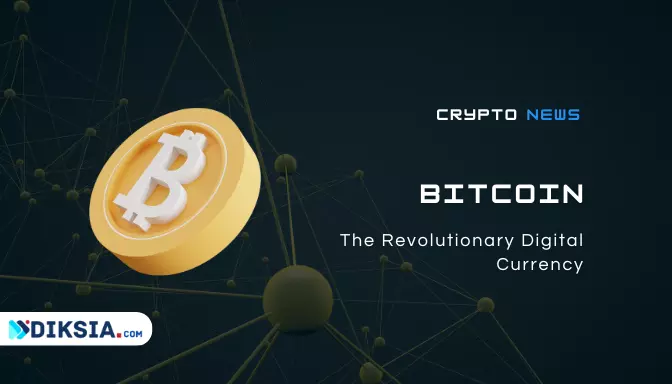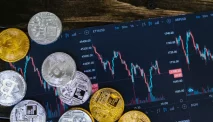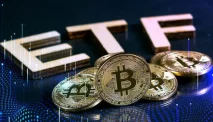Bitcoin is also important because it is a scarce resource. The total number of Bitcoins that will ever be created is limited to 21 million. This means that Bitcoin could potentially become a very valuable asset over time.
Bitcoin’s significance lies in its potential to revolutionize the financial landscape. It offers an alternative to traditional centralized banking systems, giving individuals more control over their funds and reducing reliance on intermediaries.
Bitcoin also provides a means for financial inclusion, as it can be accessed by anyone with an internet connection. Furthermore, its scarcity and decentralized nature make it resistant to inflation and government interference, appealing to those seeking a store of value outside traditional fiat currencies.
What are the Key Features of Bitcoin?
Bitcoin boasts several key features that set it apart from traditional currencies:
- Decentralization: Bitcoin operates without a central authority, making it resistant to censorship and control by any single entity.
- Security: The use of cryptographic techniques ensures the security and integrity of Bitcoin transactions, protecting against fraud and tampering.
- Limited Supply: Bitcoin has a maximum supply of 21 million coins, making it a deflationary asset and potentially preserving its value over time.
- Pseudonymity: Bitcoin transactions are pseudonymous, with users identified by their wallet addresses rather than personal information, providing a certain level of privacy.
- Global Accessibility: Bitcoin can be accessed by anyone with an internet connection, enabling borderless transactions and financial inclusivity.
Bitcoin History
Bitcoin emerged in 2009 when its whitepaper, titled “Bitcoin: A Peer-to-Peer Electronic Cash System,” was published by Satoshi Nakamoto. The cryptocurrency gained traction gradually, with early adopters recognizing its potential as an alternative form of money.
Over the years, Bitcoin has experienced significant price fluctuations and garnered attention from both mainstream media and institutional investors. Here is a list of some of the key events in the history of Bitcoin:
- 2008: Satoshi Nakamoto publishes the Bitcoin whitepaper.
- 2009: The first Bitcoin block is mined.
- 2010: The first Bitcoin transaction is made, from Satoshi Nakamoto to Hal Finney.
- 2011: The first Bitcoin exchange, Mt. Gox, is launched.
- 2013: The price of Bitcoin reaches $1,000 for the first time.
- 2014: Mt. Gox is hacked, losing over 850,000 Bitcoins.
- 2016: The Bitcoin network undergoes a hard fork, resulting in the creation of Bitcoin Cash.
- 2017: The price of Bitcoin reaches an all-time high of over $20,000.
- 2018: The price of Bitcoin crashes, falling below $3,000.
- 2020: The price of Bitcoin recovers, reaching over $10,000.
- 2021: The price of Bitcoin reaches an all-time high of over $68,000.
This is just a brief overview of some of the key events in the history of Bitcoin. For more information, you can visit the following websites:
- Bitcoin.org: https://bitcoin.org/
- CoinDesk: https://www.coindesk.com/
- Investopedia: https://www.investopedia.com/terms/b/bitcoin.asp
- Wikipedia: https://en.wikipedia.org/wiki/Bitcoin
How did Bitcoin come about?
Bitcoin was first announced in a whitepaper published by Satoshi Nakamoto in 2009. The first Bitcoin block was mined on January 3, 2009. Since then, the Bitcoin network has grown to over 100,000 nodes and the value of Bitcoin has fluctuated wildly.






